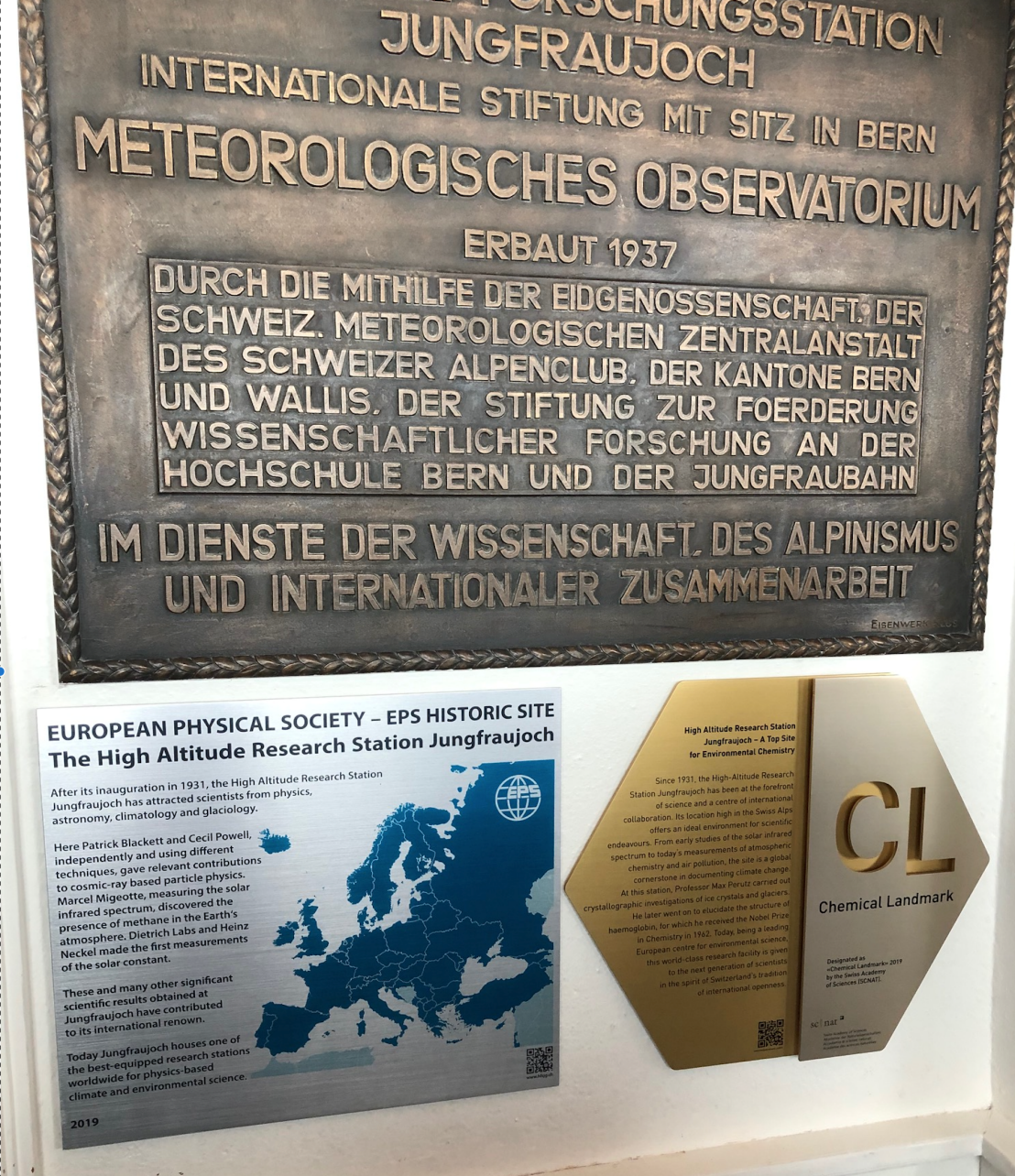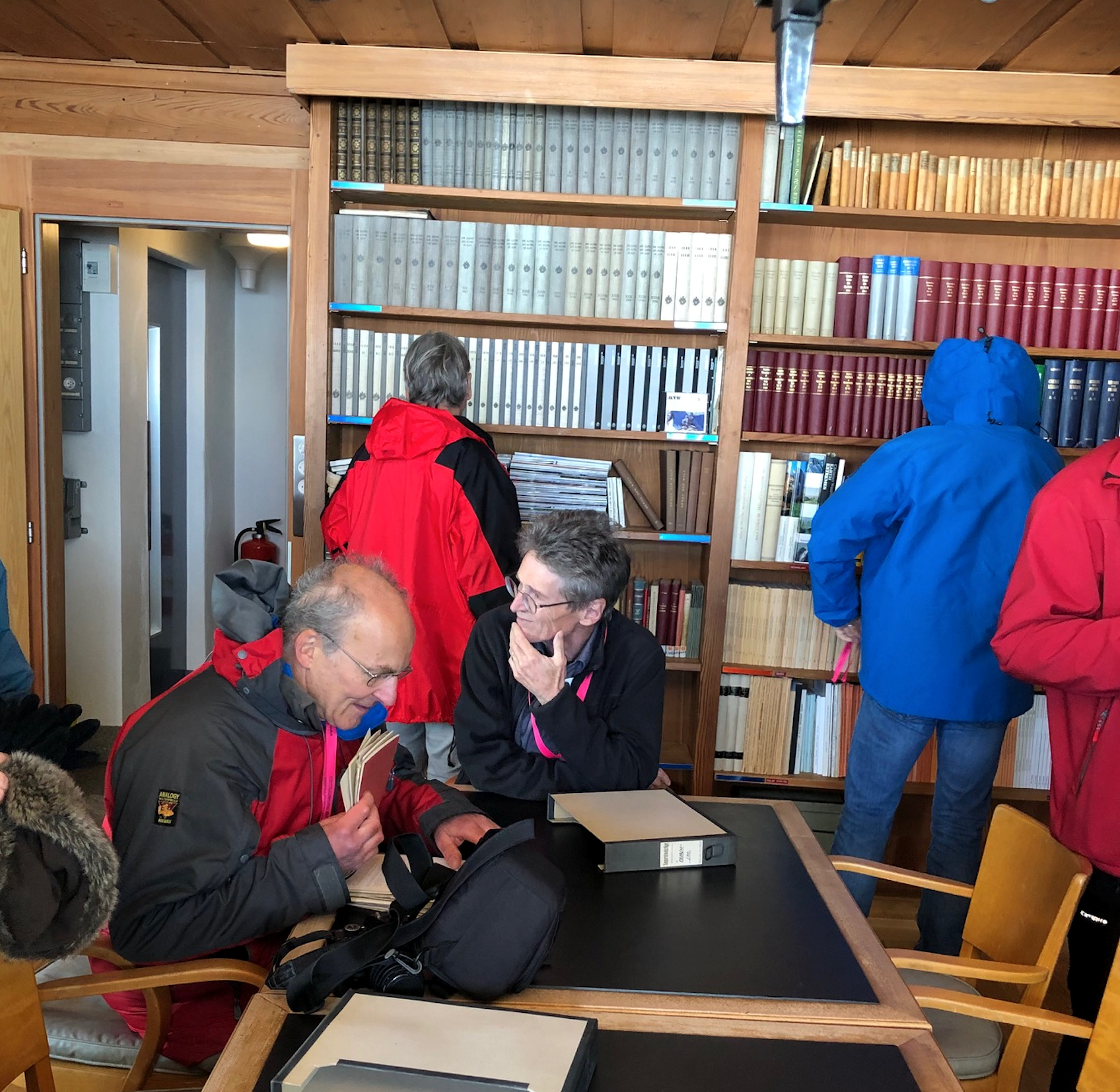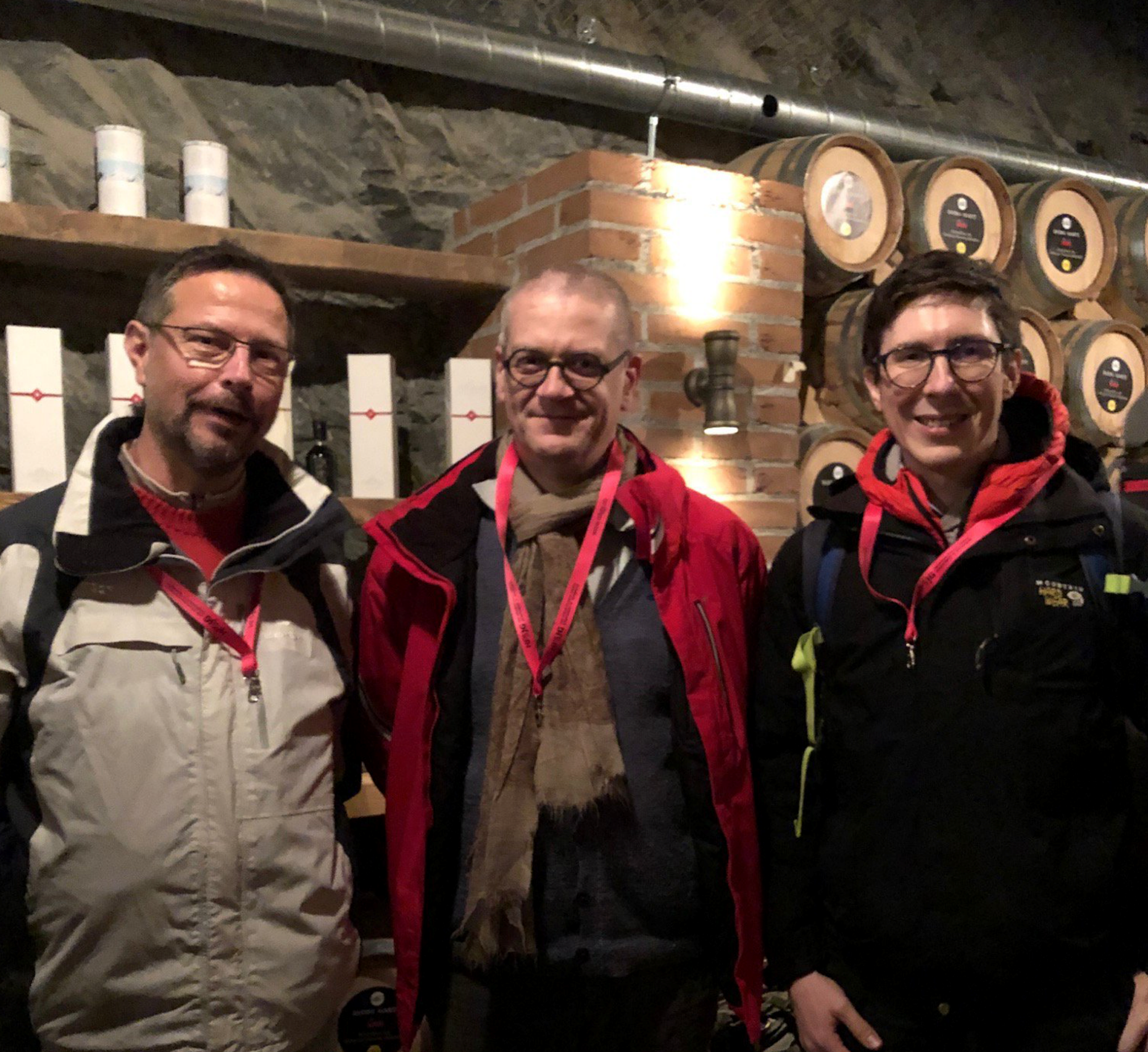Top research at 3500 m altitude on the Jungfraujoch
D-CHAB
The research station on the Jungfraujoch, located at almost 3500 m between the four-thousanders Jungfrau and Mönch, is now a Chemical Landmark.

Representatives of the Swiss Academy of Sciences and the research station as well as their partner institutions honoured the many years of research on the Jungfraujoch, which has served as an international research station since its construction in 1931, with a symposium in Bern. The research station is the only overnight accommodation on the Jungfraujoch - reserved for research groups only - with a direct connection to the Jungfraujochbahn, so that research equipment can be conveniently transported.
The "Chemical Landmark" plaque, with which the Academy of Natural Sciences (SCNAT) honours important historical sites of chemical research in Switzerland, was unveiled at an on-site event on April 26th, 2019. The event was organized by Christophe Copéret, President of the Academy's Chemistry Platform. Among the guests of honor was Prof. Robin Perutz, University of York, UK, who gave the lecture "The Jungfraujoch and Max Perutz: Expeditions that shaped understanding of glaciers". His father, Max Perutz, had studied the crystalline structure of ice and glaciers at this station, and later elucidated the structure of haemoglobin. In 1962, he was awarded the Nobel Prize for Chemistry for this work.


The research station has received a great deal of media attention, not only since it received the Chemical Landmark award. The following links provide further information:
SRF report external page Klimaforschung auf dem Jungfraujoch 21.2.2019 (German)
RTS report external page La station de recherche du Jungfraujoch couronnée par deux prix scientifiques 26.4.2019 (French)
Programme external page SCS-Symposium “On the TOP”
NZZ article external page Auszeichnung für Spitzenforschung auf dem Jungfraujoch 26.4.2019